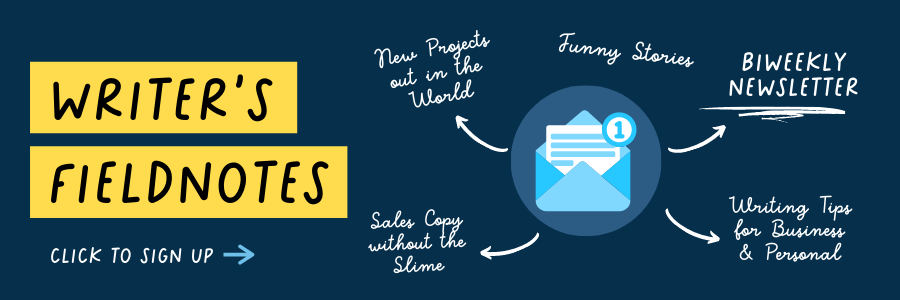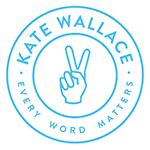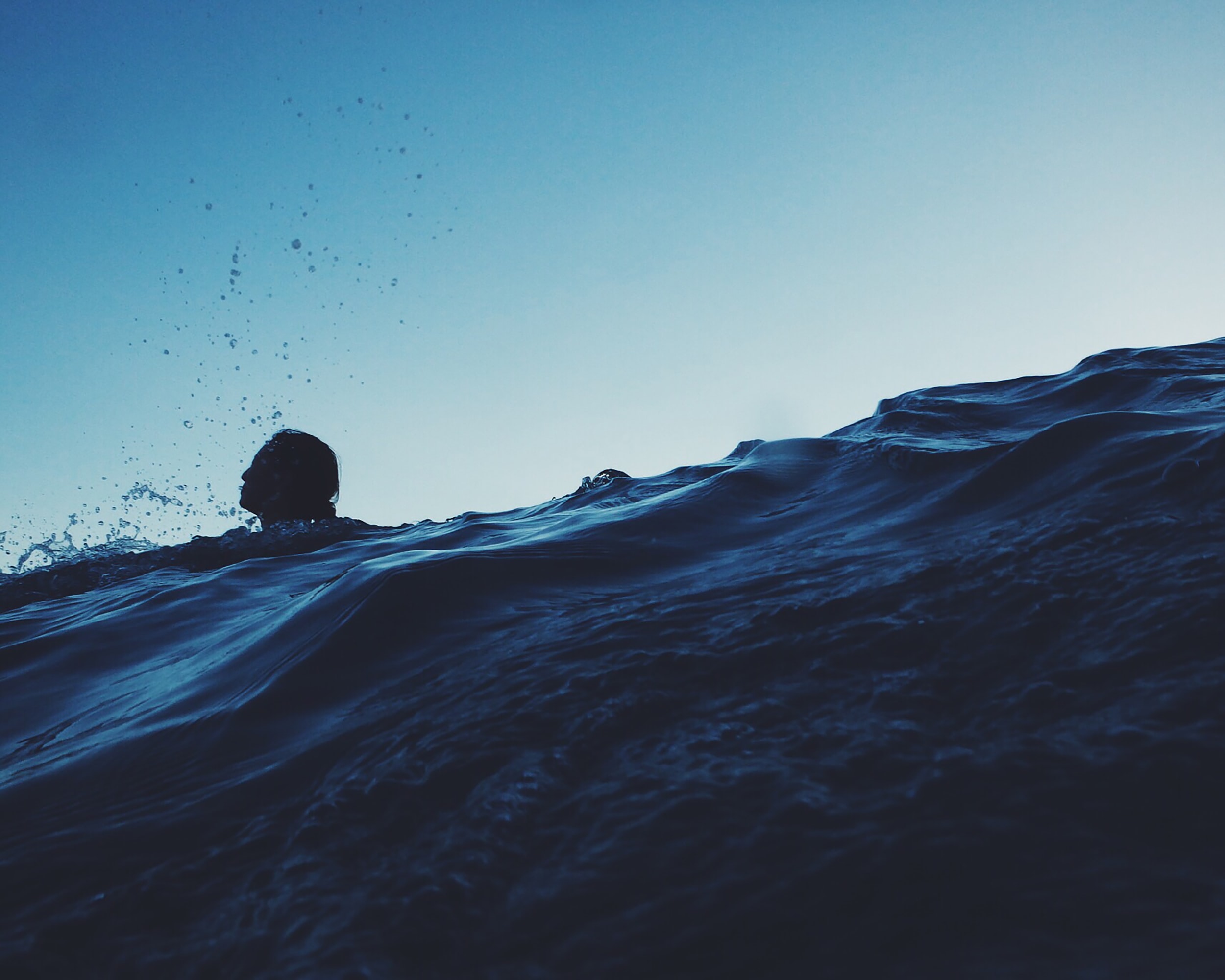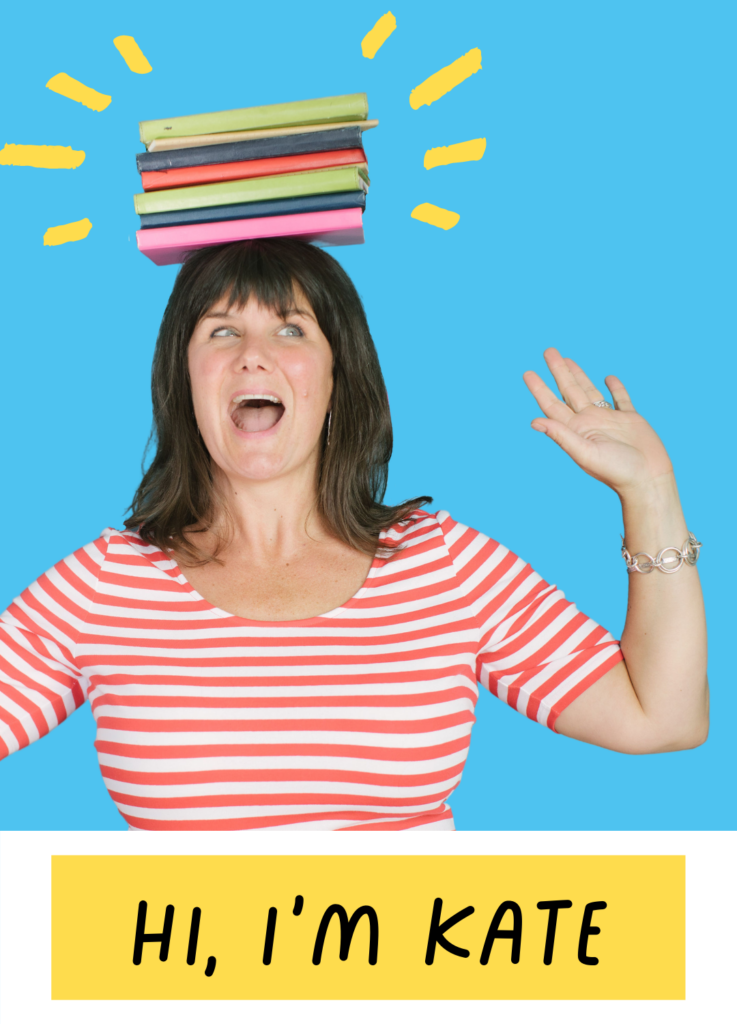“Radical transparency” is a big buzzword lately, but I’m more interested in what Jerry Saltz calls “radical vulnerability.” The New York art critic was talking specifically about how being an artist means having to “dance naked in public.”
Terrifying, right? But radical vulnerability is baked into being an artist. You have to show it.
That’s also true for any of us who make and share work – and isn’t that all of us now? We’re all creators, sharing posts, blogs and pics. It’s exhilarating, but also scary. Your thoughts, intellect, creative skills, opinions: all there, on display.
The fear of public humiliation, the opening up to criticism: it’s risky enough to keep you from ever hitting send or publish again.
Like I said: terrifying. But that’s why it’s powerful.
This gut-deep fear of exposure takes me back to a gorgeous summer day when I was in high school. The river was like glass, so my pals Jan and Vicki and I decided to canoe across to Long Island (not the New York one) to sunbathe, smoke cigarettes, eat chips and share Sony Walkman headphones blaring Milli Vanilli.
The paddle over was leisurely. We lolled in the sun on our own private beach for a few hours, chatting and puffing and snacking.
When it was time to head home, though, the weather had turned. Our gentle morning river was now a hectic sea of whitecaps.
Afraid? Not a bit.
We were still in summer-fun mode. Vick and I even decided to take a mid-river skinny dip. We ditched our swimsuits, put on our life jackets, and jumped in.
As Vick and I bobbed and splashed, Jan, alone in the canoe, paddled furiously as the waves pushed her further and further downriver.
That’s when the cabin cruiser pulled up.
“You girls need some help?” the middle-aged man on the boat asked us. On the deck, we could see at least a half-dozen other people lounging.
Instant panic.
Images of us climbing the ladder, our life-jacketed tops emerging over our bare-ass bottoms flooded my brain, along with a double-dose of stress hormones.
After several increasingly anxious minutes convincing him we were fine (“We do this all the time!” we nervously lied), they motored off.
Somehow, we managed to get back to Jan, now furious. We put our swimsuits on and set for the shore. We were way off course and taking on water. The canoe was swamping when the rescue boat at the yacht club arrived to tow us to shore.
Barefoot, we portaged the canoe, our swimsuits still dripping, through town.
That night, my parents got a call from an acquaintance at the yacht club about the rescue (our town is small, everyone knows everyone). They were furious. But their anger was nothing compared to the gut-fear I had in the middle of the river when, ahem, all might have been revealed.
Later, in my journalism career, exposure was daily.
So was anxiety. As a newspaper reporter, my work was public, free for all to judge the quality of my writing, reporting, and ideas. My typos and errors (occasional, but devastating) felt like a neon sign, with an arrow pointing at my head: IDIOT.
To be totally honest, I care deeply about what people think of me. Too much. I want to please, to impress.
But the biggest thing that’s given me the confidence to share, even when I doubt whether anyone cares besides my mother (who’s so busy with bridge, curling, tai-chi and taking granny to Sobeys that even she’s not 100% reliable), is the realization that people really appreciate a chance to connect.
People care.
They want to know you better. They aren’t looking to tear you down. Haters are the tiny minority with the outsized volume.
But the, um, lovers? They are your friends, your colleagues, your collaborators, your clients, They’ll give you ideas, love, laughs and high-fives.
So, radical vulnerability. If you don’t share, there’s nothing to respond to. Nothing on which to connect. Dance naked, my friends. It’s the only way.



